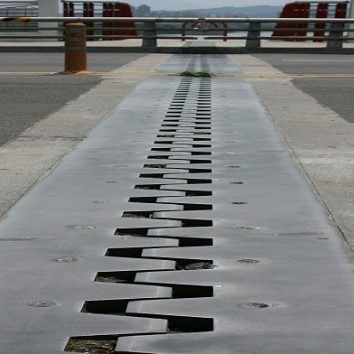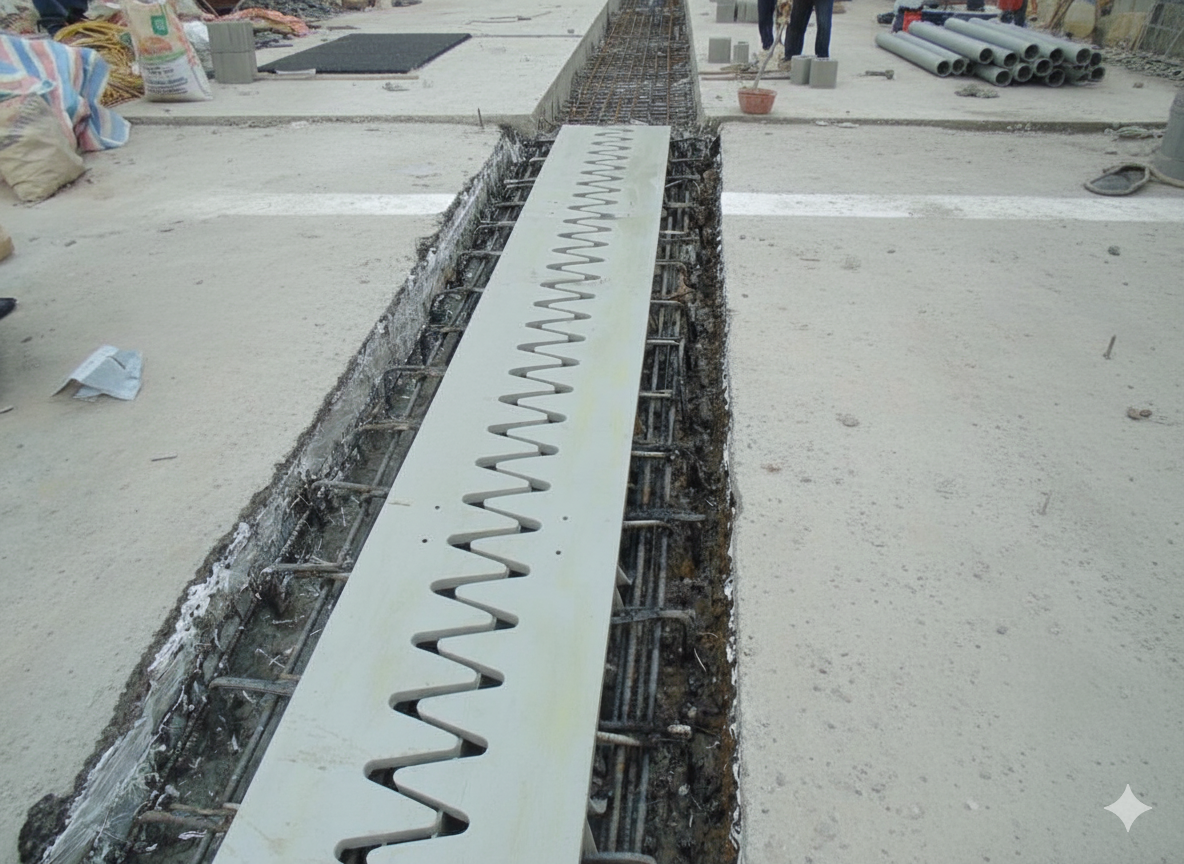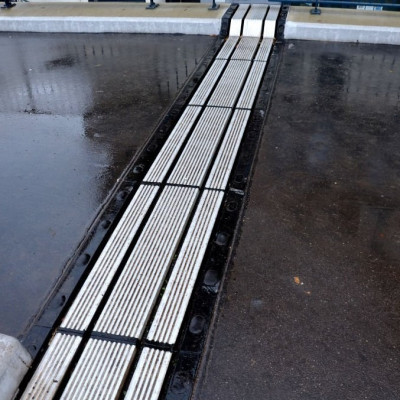What is an Expansion Gap?
An expansion gap is a narrow opening designed to separate a construction project into two blocks, aiming to mitigate the effects of temperature differentials. It can potentially lead to cracks and compromise the load-bearing capacity of various components and structures. Therefore, the design of an expansion joint is critically important for any construction project.
Expansion gaps are typically employed in projects with floor lengths exceeding 40 meters, especially in areas with weak soil conditions, complex geological features, or high variability. Depending on factors such as temperature conditions, project scale, and volume differentials, the size of the expansion joint can vary from 15 to 50 millimeters. These expansion gaps are constructed using toothed steel plates fastened securely with screws to ensure a watertight seal.

Advantages and Disadvantages of Expansion Gaps
Expansion gaps are commonly used in bridge and construction projects for several reasons:
- Expansion gaps are constructed from steel plates, ensuring high durability.
- They can reduce noise during installation and movement.
- The assembly process during construction is remarkably straightforward.
- Expansion gaps exhibit excellent resistance to water, preventing water infiltration during use.
- They can accommodate displacements of up to 320mm.
- Expansion gaps are compact and easily transportable, reducing transportation costs.







